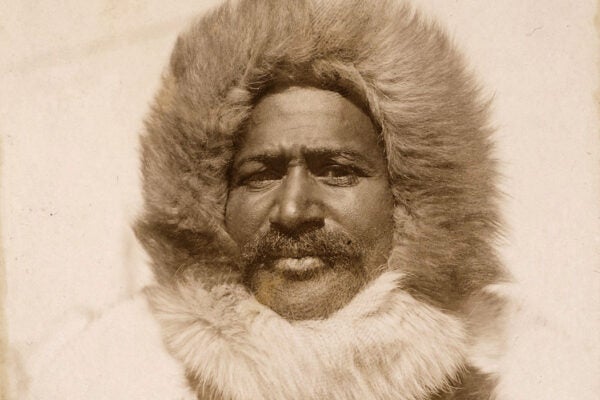Dervla Murphy: The Godmother of Hitting the Road
Perhaps the greatest female travel writer of her generation, Murphy defied the narrative of the dutiful Irish daughter—and motherhood—to find freedom.
The Three Cs of Bucharest
Three big Cs dominate the history of Romania and its capital city, Bucharest. You may know communism and Ceaușescu, but what about Cuza?
The Unusual, Unexpected Erechtheion
The Parthenon embodies the ideals of perfection Classical Greeks sought from architecture. The neighboring Erechtheion offers something else.
What Skulls Told Us
The pseudoscience phrenology swept the popular imagination, and its practitioners made a mint preying on prejudices, gullibility, and misinformation.
Know This About Net Zero
The term "net zero" remains ill-defined among the public. So what is it? Why is it necessary, and how does it fall short of solving all our climate woes?
Autopsy of a Saint
In the late thirteenth century, followers of the Italian abbess Clare of Montefalco dissected her heart in search of a crucifix.
Bride of Frankenstein
Drawn from the margins of Mary Shelley's 1818 novel, the cinematic Bride of Frankenstein is never just one thing, and she never goes away.
The First Black American to Reach the North Pole
Matthew Henson partnered with Robert Peary on seven Arctic adventures, but their final success brought an end to a longstanding collaboration.
Cape Verde’s Dilemma(s)
While increased tourism may be a boon to the economy, increasing numbers of visitors may harm the environmental wonders that draw outsiders to the islands.
Urban Planning, Then and Now
Humans have been designing cities for millennia. California Forever is just the newest entry in a long list of planned communities around the world.









